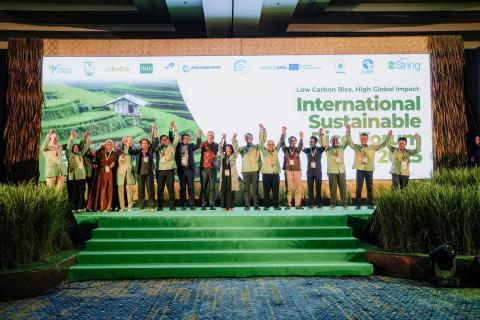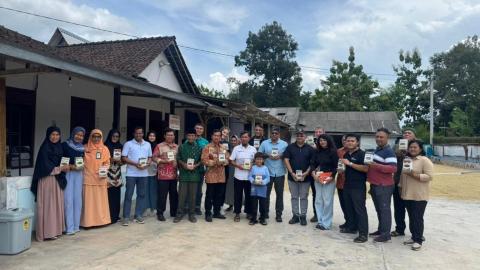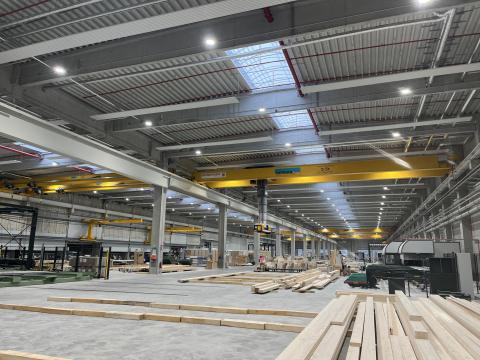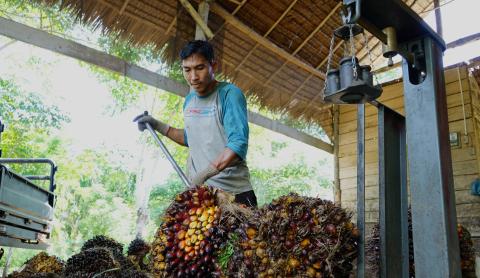Fact check: Is logging permitted in Nature 2000 areas in Estonia?
Harvesting in parts of Natura 2000 areas is also common in other EU countries including Denmark. It can always be discussed if the protection zones are designated correctly and if restrictions on commercial activities are appropriate.
According to recent media reports, Danish energy producers are contributing to the degradation of Natura 2000 areas in Estonia, when importing biomass produced from logging residuals from these areas.
Natura 2000 is a network of nature protection areas in the European Union. It is made up of areas designated under the Habitats Directive and the Birds Directive. For each Natura 2000 area, a protection act is always available specifying different protection zones and what activities are allowed.
In Estonia, Natura 2000 forest areas are divided into zones with different levels of protection. While some of these zones excludes any form of commercial activity, others allow for some degree of commercial logging. Clear-cutting is typically limited to max 1 ha in Estonian Natura 2000 areas.
Harvesting in parts of Natura 2000 areas is also common in other EU countries including Denmark. It can always be discussed if the protection zones are designated correctly and if restrictions on commercial activities are appropriate. The mapping and planning have been done by Estonian experts. To our knowledge, the harvest is done in accordance with the official protection acts established to protect the conservation values of the Natura 2000 areas. Such logging is also in compliance with international forest certification schemes such as FSC and PEFC.
Forest in Estonia is logged for producing mainly timber and pulpwood, which is higher paid than material for biomass. Biomass is produced from residuals that cannot be sold for other higher value purposes and includes treetops, branches and logs with defects as well as off cuts and sawdust from timber industries. The driver for logging in Estonia is the market for higher value forest products and not biomass.



